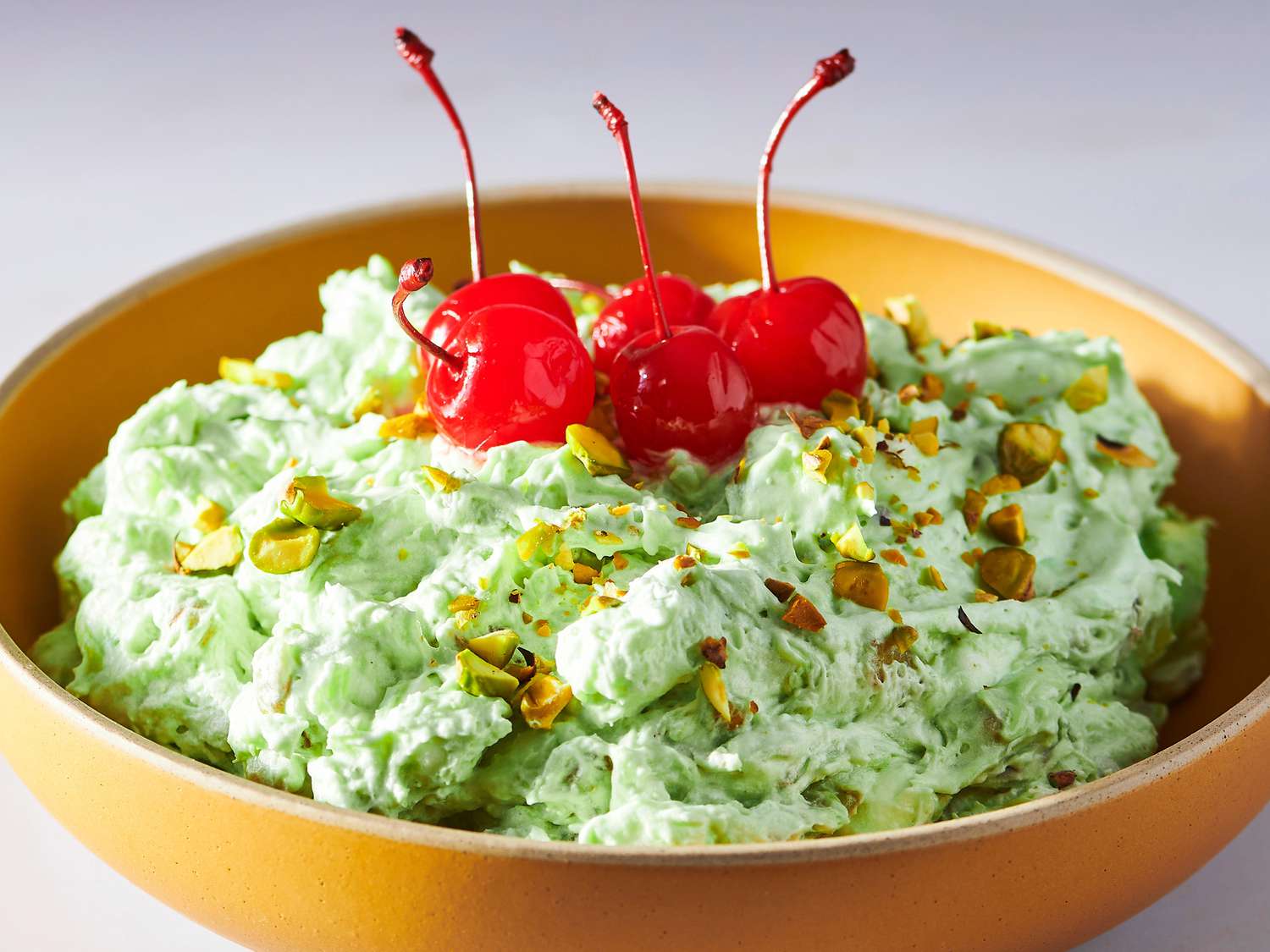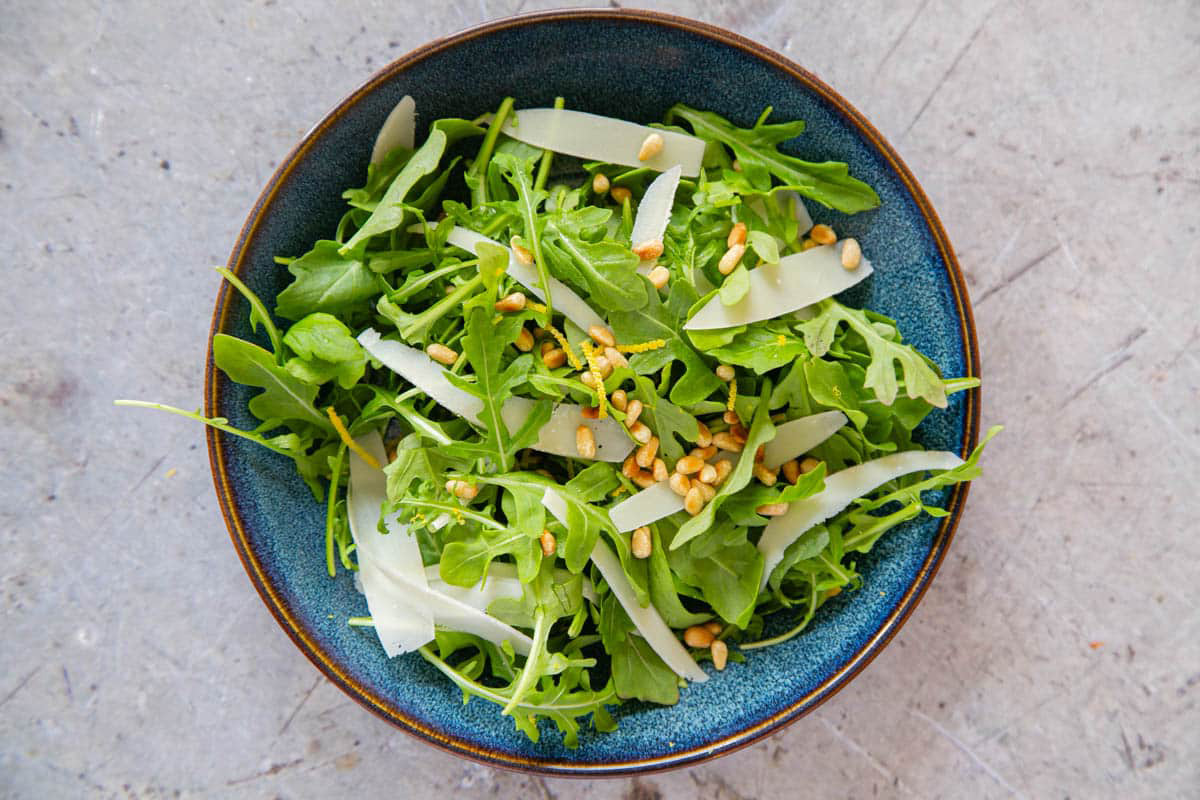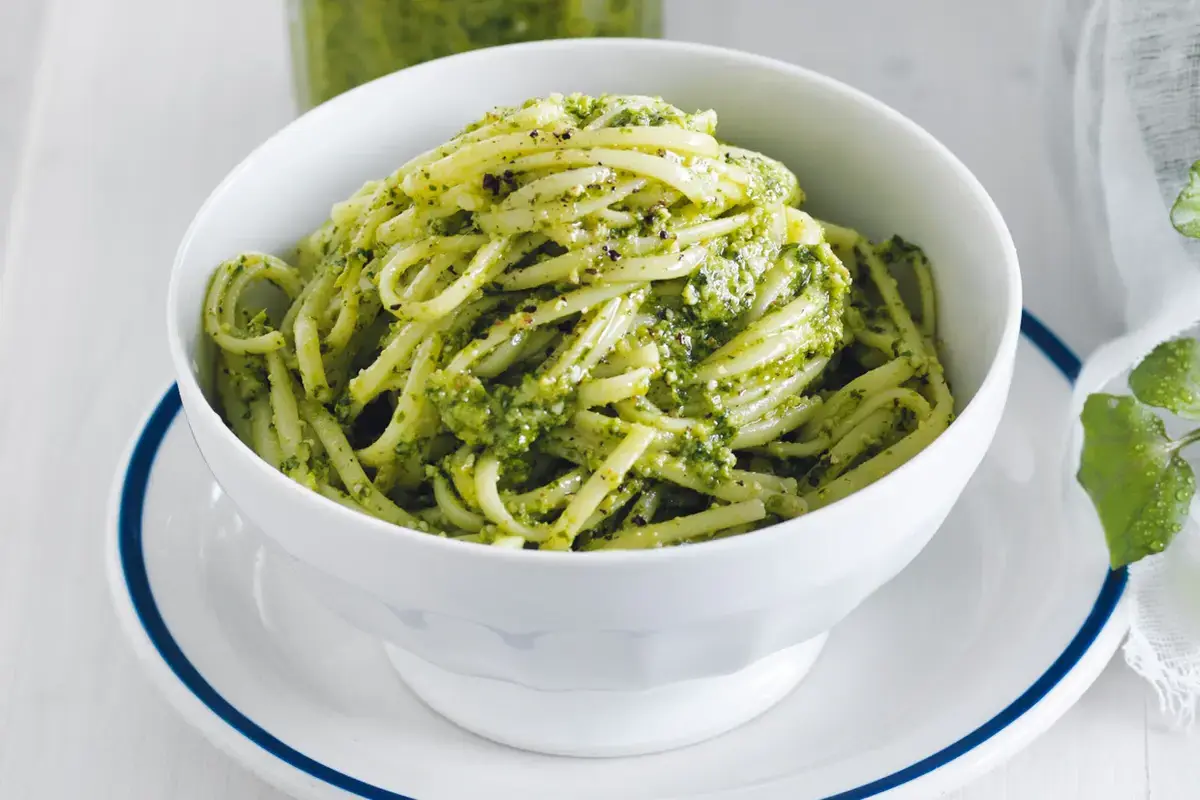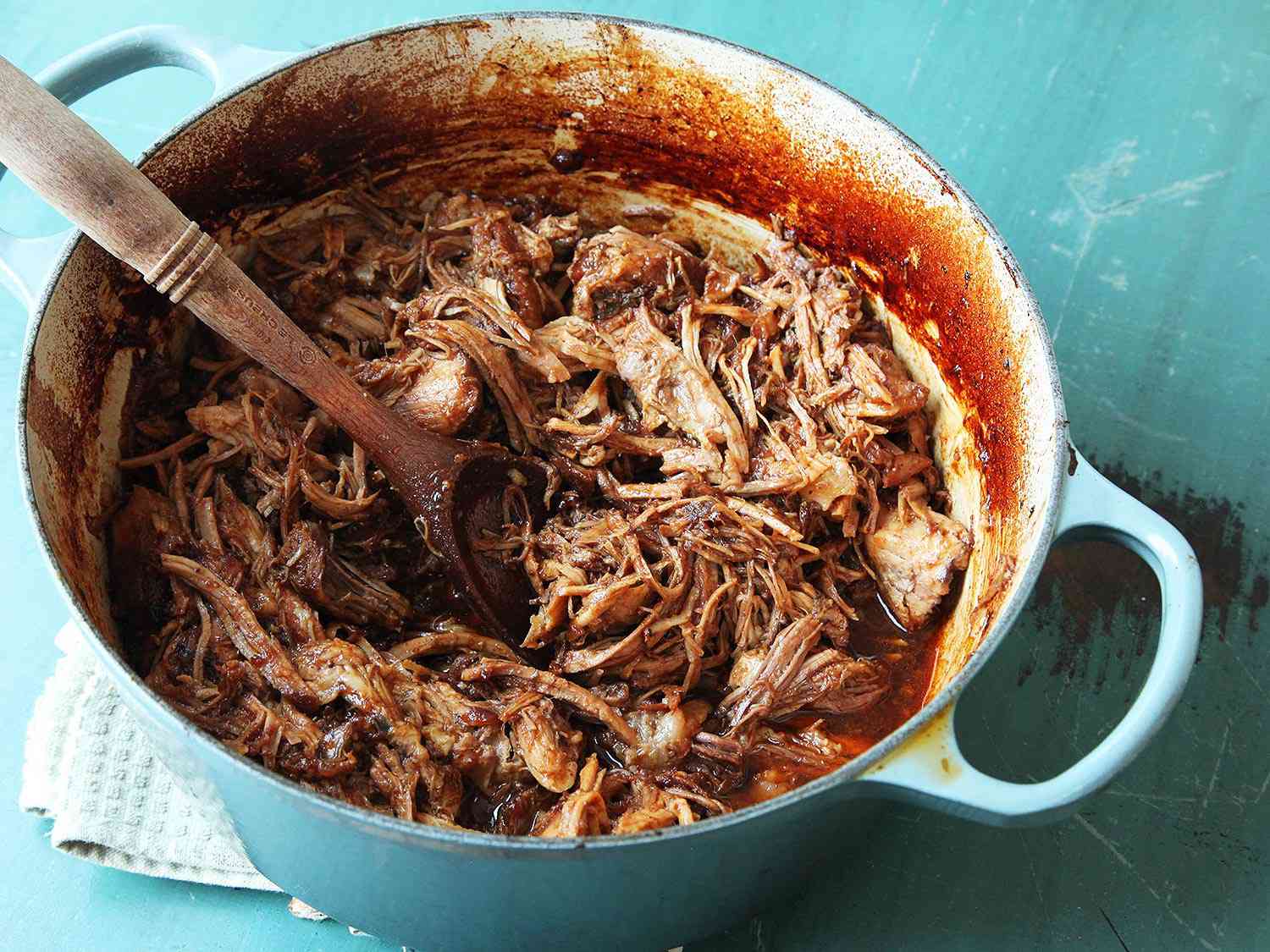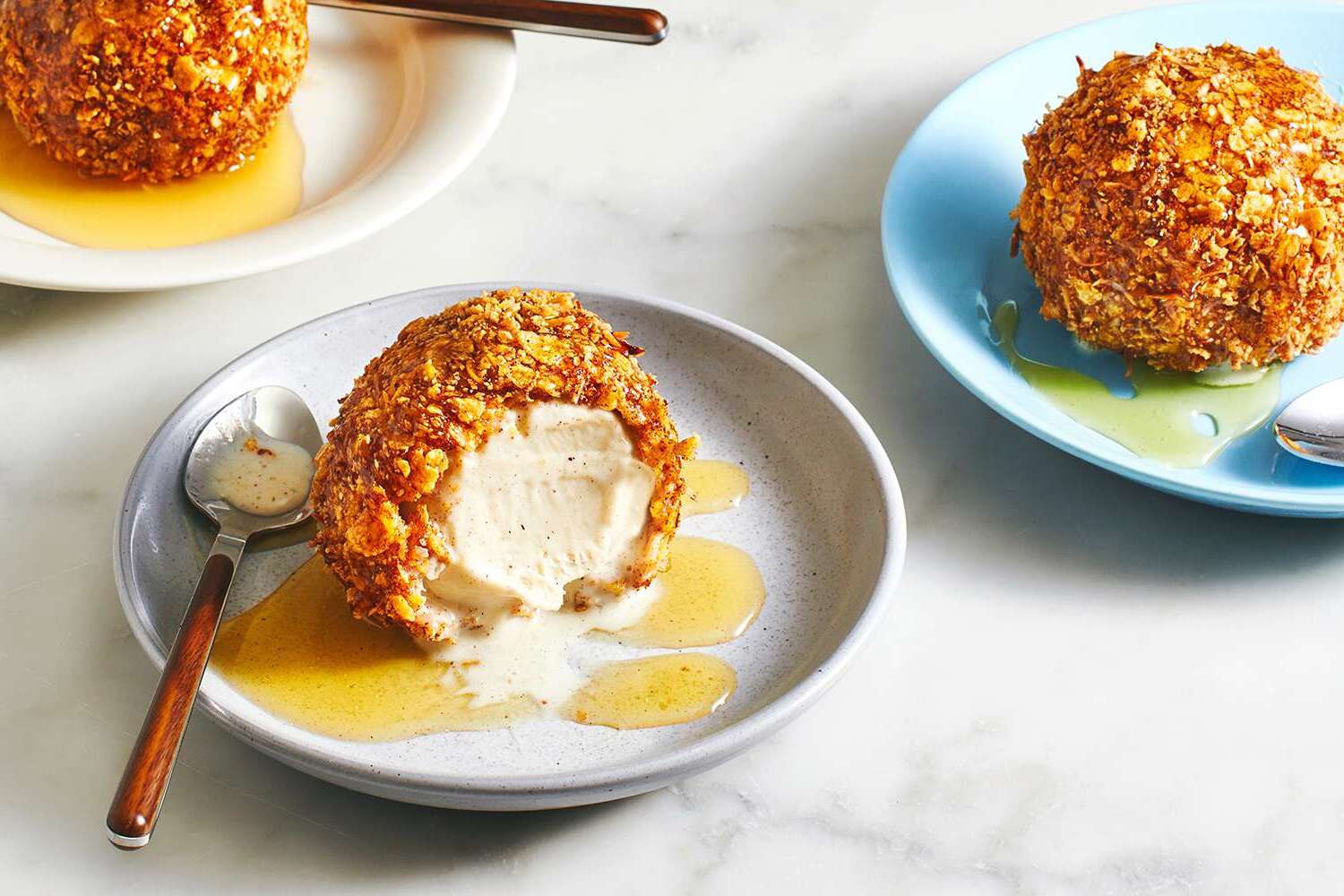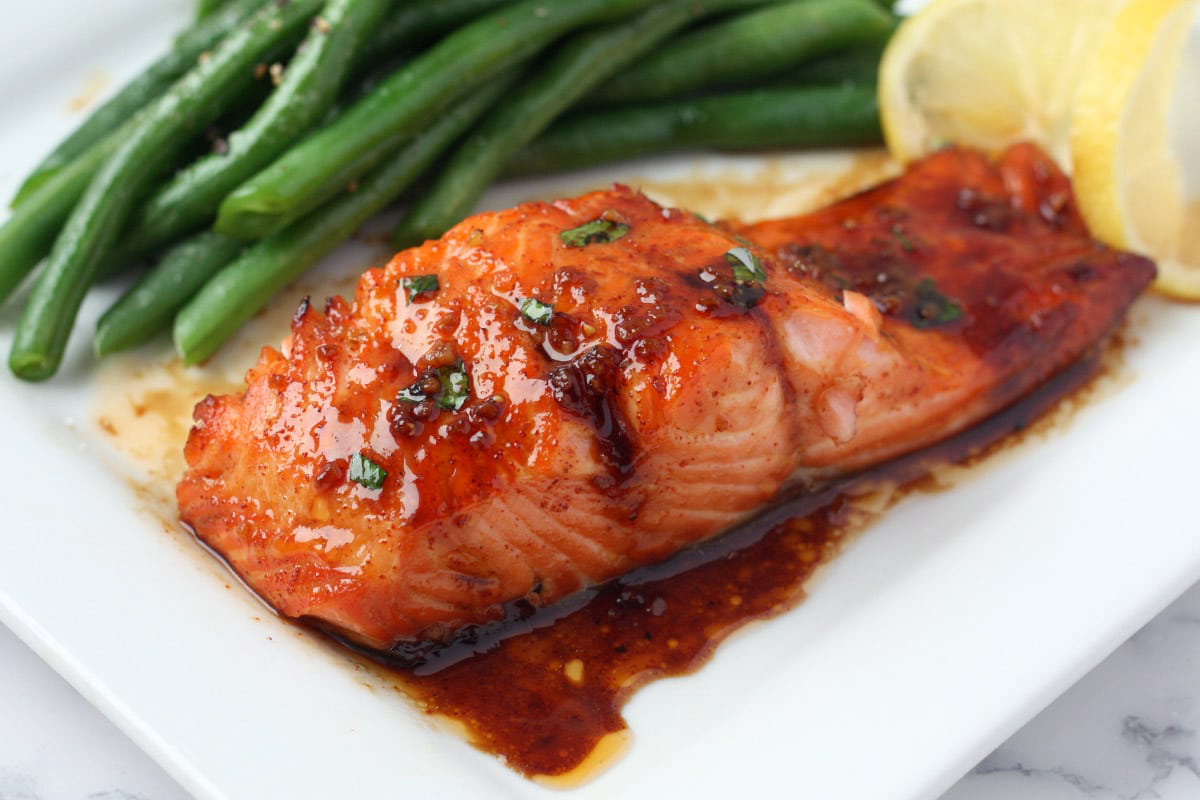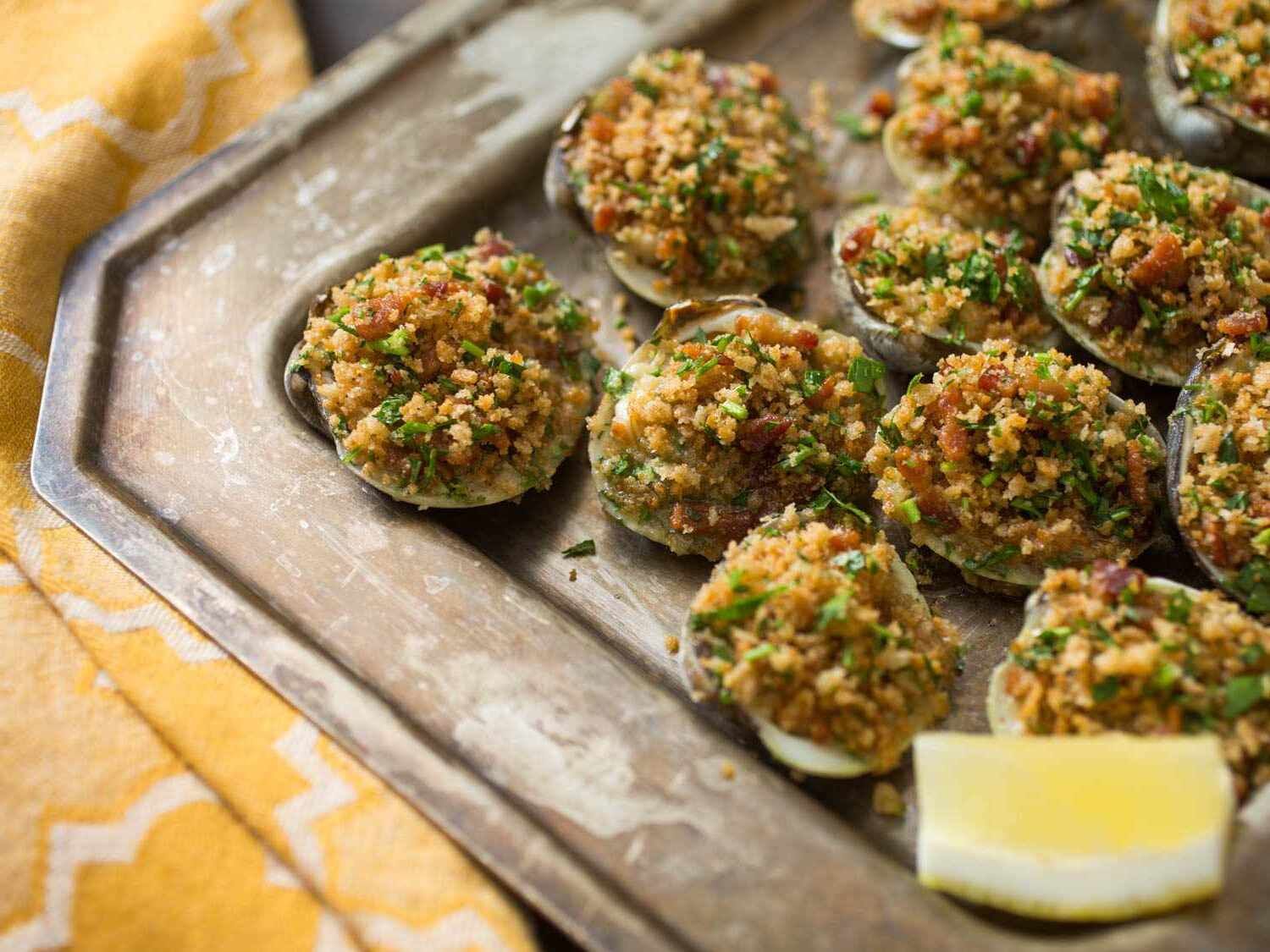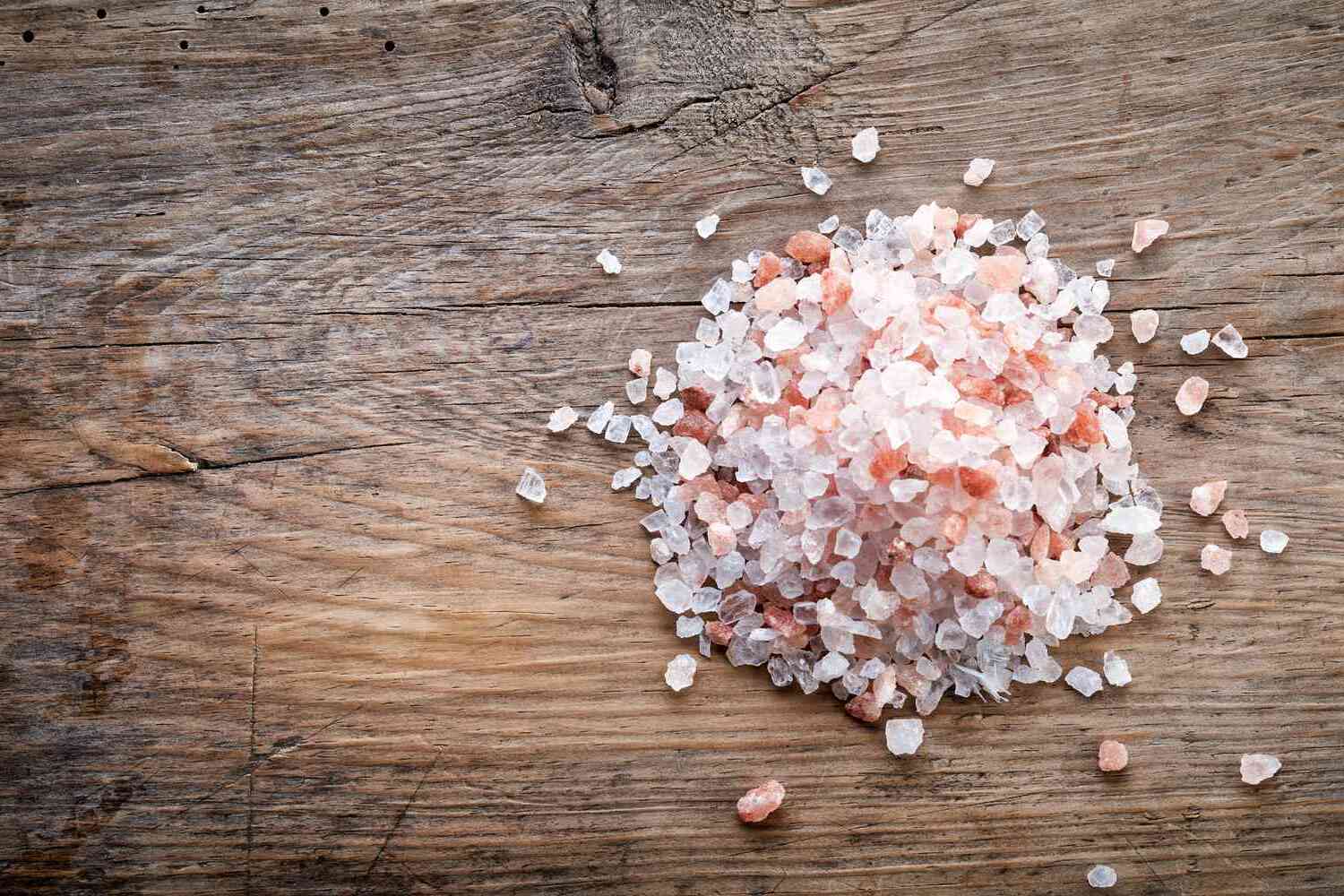Understanding the Rolling Pin: A Kitchen Essential
When it comes to baking and cooking, there are certain tools that are indispensable. One such tool is the rolling pin. This simple yet versatile kitchen utensil has been a staple in kitchens for centuries, aiding in the preparation of a wide variety of dishes. In this article, we will explore the purpose, types, and uses of the rolling pin, shedding light on its significance in the culinary world.
What Is a Rolling Pin?
A rolling pin is a cylindrical tool used to flatten and shape dough for baking. It typically consists of a long, solid cylinder with handles on either end for easy gripping. Rolling pins come in various materials, including wood, marble, stainless steel, and silicone, each offering unique benefits for different culinary tasks.
The Purpose of a Rolling Pin
The primary purpose of a rolling pin is to flatten and shape dough to a consistent thickness. Whether it’s for making pie crusts, cookies, or pasta, the rolling pin allows the dough to be rolled out evenly, ensuring uniformity in the final product. Additionally, a rolling pin can be used to crush nuts, crackers, or other ingredients, making it a versatile tool in the kitchen.
Types of Rolling Pins
There are several types of rolling pins available, each designed for specific culinary needs. Some common types include:
- Wooden Rolling Pins: These traditional rolling pins are popular for their smooth surface and ability to absorb flour, preventing sticking.
- Marble Rolling Pins: Known for their cool surface, marble rolling pins are ideal for working with delicate dough that requires chilling.
- French Rolling Pins: With a tapered design and no handles, French rolling pins provide greater control and are favored for shaping bread and pastry dough.
- Adjustable Rolling Pins: These rolling pins come with removable rings or discs that allow for precise dough thickness, making them perfect for creating uniform pastries and cookies.
Uses of a Rolling Pin
The rolling pin is a versatile tool with a wide range of uses in the kitchen. Some of its common applications include:
- Rolling out dough for pies, tarts, and pastries
- Flattening cookie dough for cut-out shapes
- Preparing homemade pasta and noodles
- Smashing ingredients like nuts and crackers
- Tenderizing meat by flattening it to an even thickness
Conclusion
In conclusion, the rolling pin is an essential tool in any kitchen, offering precision and versatility in dough preparation and other culinary tasks. Whether you’re a seasoned baker or a novice cook, having a reliable rolling pin can elevate your culinary creations and make the process of dough preparation a breeze. With its various types and uses, the rolling pin remains a timeless kitchen essential that continues to play a vital role in the art of cooking and baking.
Was this page helpful?
Read Next: What Is Rutabaga?
